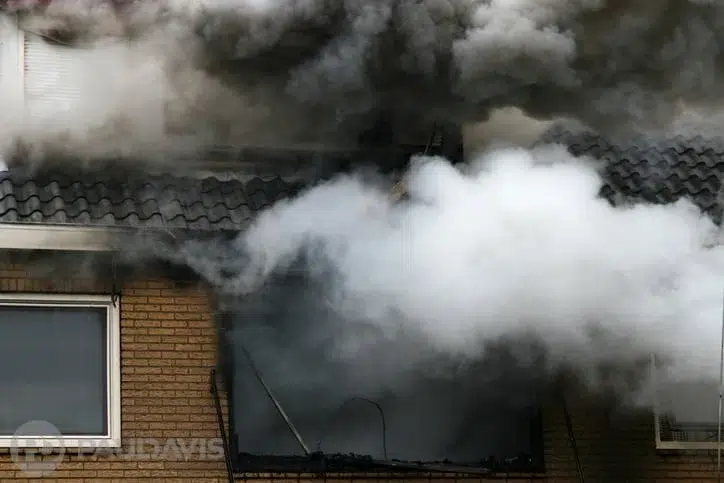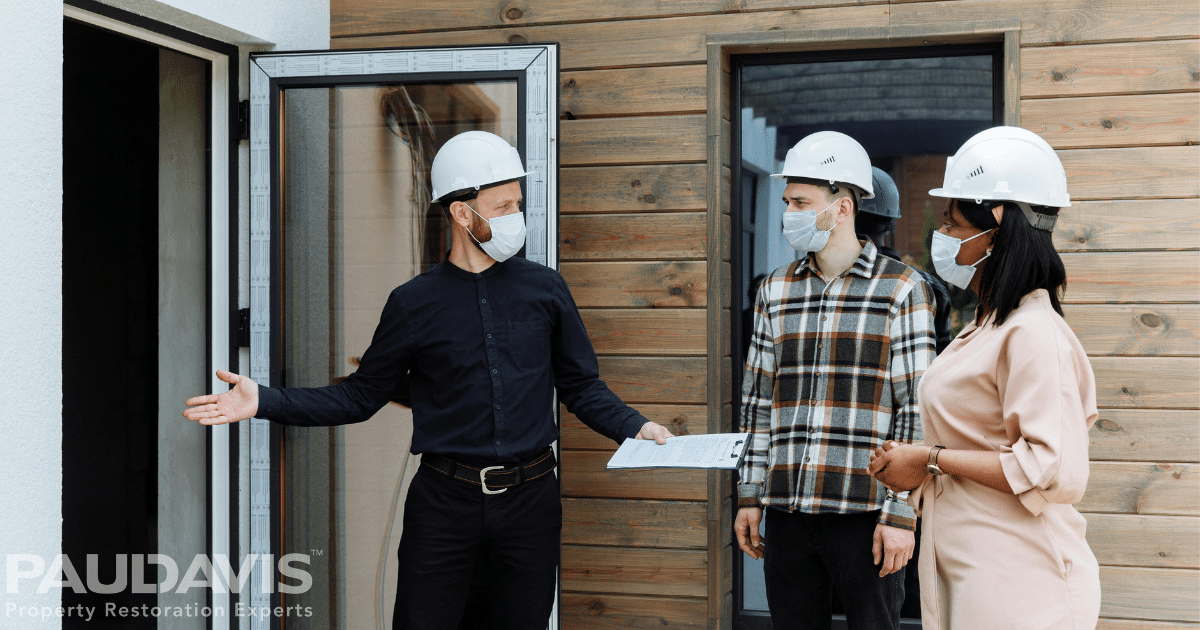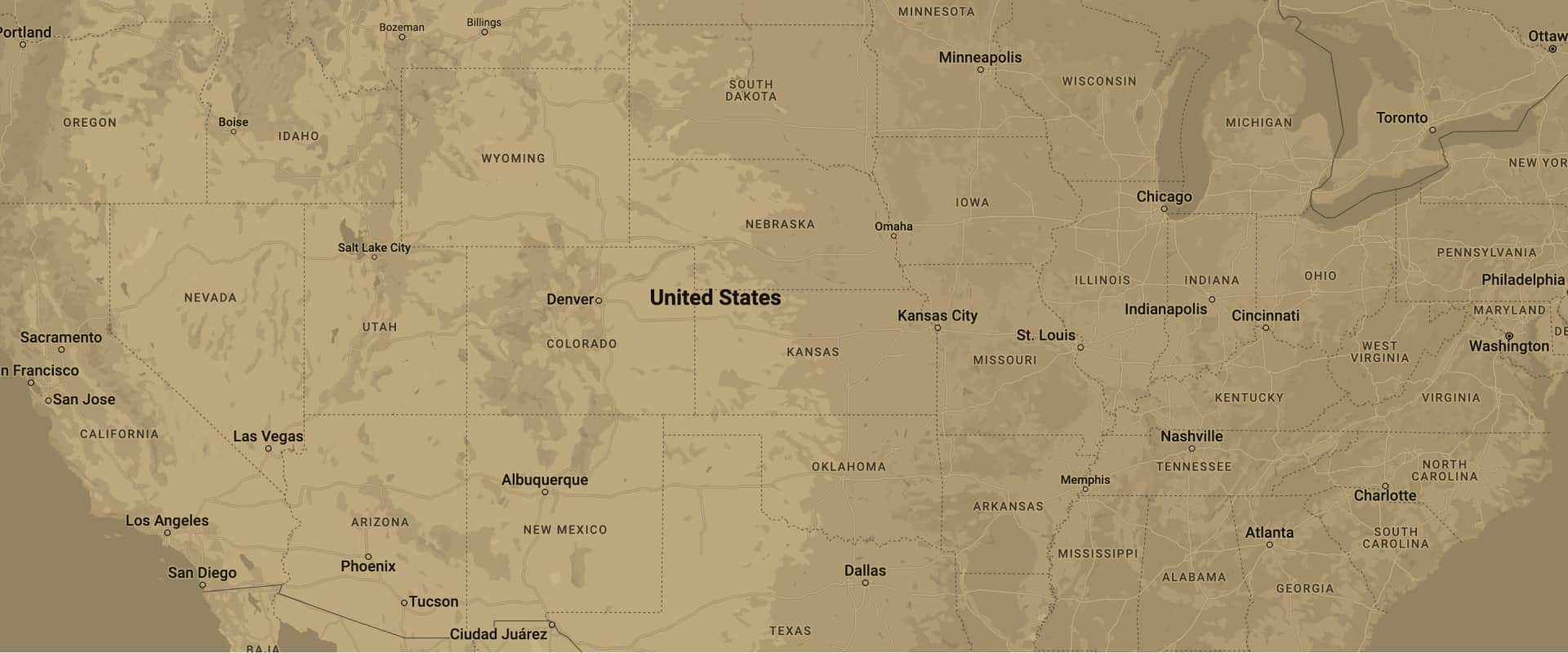
Billowing black and toxic smoke from a building fire deposits soot on everything inside a commercial structure. It seeps into concrete floors, wafts into distant areas and infiltrates items like closed refrigerators. Once soot settles – in ugly black layers or thin coatings so invisible that only testing flags its presence – its acidity discolors and degrades materials.
“Discoloration and degradation can be obvious, such as a grayish tinge on a brittle document, or very subtle like the seemingly untouched painted wall that gradually changes color and flakes off months after the fire,” explains J. Sonny Bass, Technical Director, IICRC Instructor with Paul Davis, who adds that tiny soot particles measure 1/30 the width of a human hair. “Restoration professionals should evaluate and clean the entire interior and its contents to avoid problems.”
Restoration pros can often completely restore items that seem unsalvageable – that sooty advanced degree on the CEO’s wall, for instance – and prevent hidden problems that will appear without preventive treatment. For commercial and business fires, professionals treat smoke damage in several common categories:
Electronics: Smoke-damaged electronics are prone to extreme overheating and premature failure thanks to a black film inside the device that adds insulating properties to heat-sensitive components. Magnetic charges left by smoke also may cause circuits to short. Paul Davis professionals caution against turning on devices to check functionality and advise evaluating all electronics inside the structure at the time of the fire: untreated devices can pose future safety hazards. Technicians follow specialized procedures to evaluate and clean those devices without compounding damage.
Documents: Often, important records are carefully catalogued and removed to the Paul Davis centralized contents processing facility for odor and soot removal. Baking soda, activated charcoal, dry cleaning technologies that “erase” soot and specialized odor-reducing molecules called hydroxyls may be used to return documents to like-new condition. Paul Davis advises against attempting to treat paper and documents yourself – leave this delicate task to a pro. Be ready to work with technicians to separate important documents that must be restored from those that can be discarded.
Interiors and Furnishings: Interior walls, floors and other permanently installed building materials are treated onsite with a carefully planned combination of technologies; furnishings often go to the Paul Davis processing facility for treatment. Technicians may apply innovative cleaning agents like degreasers, brighteners, solvents, anti-mildew agents, disinfectants and detergents in combination with familiar deodorizing substances like baking soda. Odor treatments can include advanced technologies that encapsulate and chemically neutralize contaminants and odor. Paul Davis also employs hydroxyls – reactive molecules that destroy odor particles – to treat even hard to reach areas such as dropped ceilings and behind walls.
Proper cleaning and restoration after smoke damage pays dividends in other ways, too. “The smell of smoke is unpleasant for anyone but can be particularly upsetting for those who experienced a commercial fire,” says Rebecca Robinson, Contents Manager with Paul Davis. “When familiar surroundings are clean and odor-free, building occupants return to normal faster.”
Looking for an expert Paul Davis team to help clean fire-damaged properties? To find your nearest Paul Davis franchise, call 1-800-661-5975 This Is No Time for Second Best®











